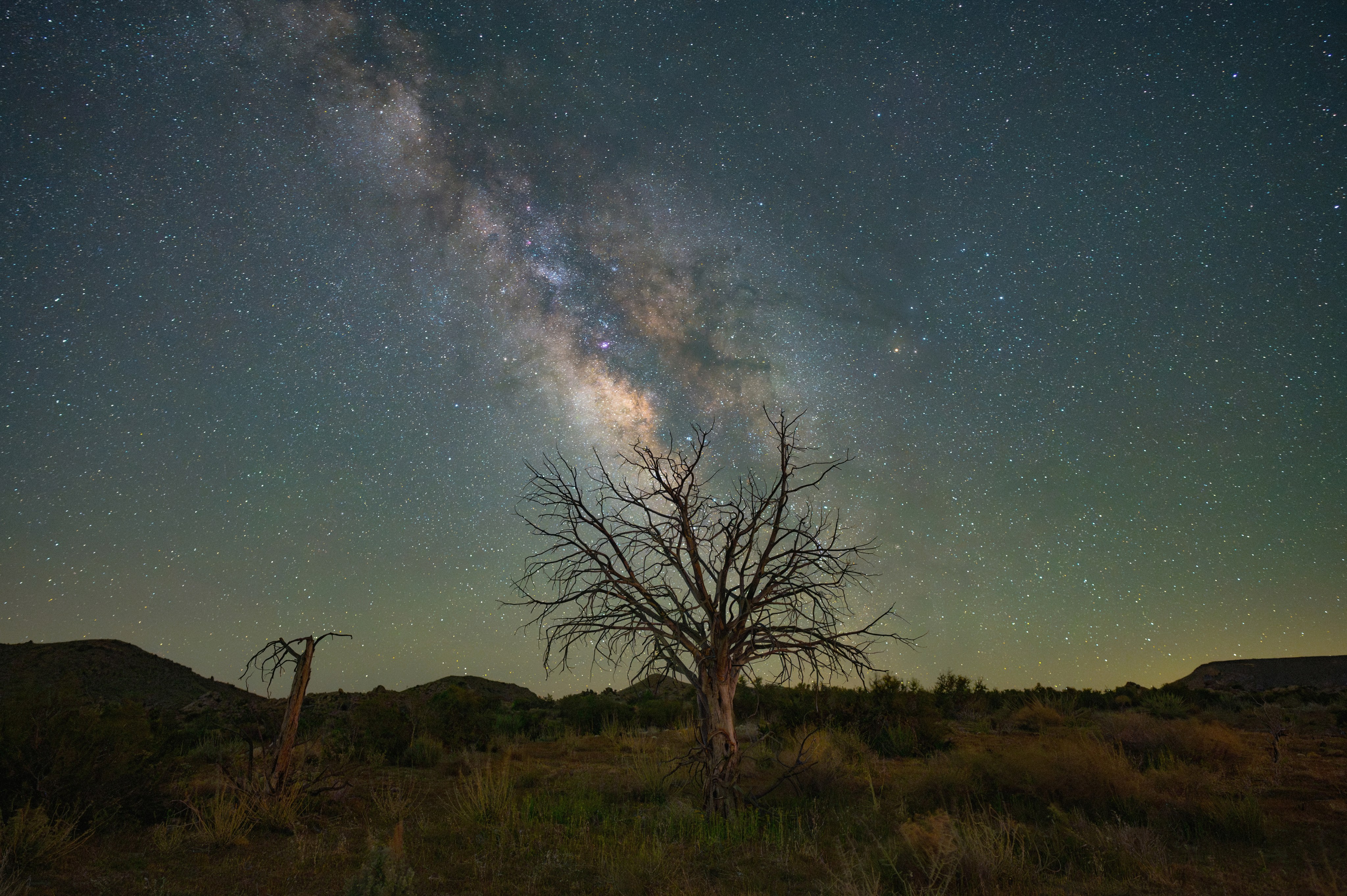Greetings, sky enthusiasts! May promises a delightful celestial spectacle, brimming with captivating sights for the naked eye and binoculars alike. Join us on a cosmic journey as we explore the fascinating events unfolding across the night sky this month, courtesy of NASA’s “What’s Up” program.
A Planetary Parade: A Morning Symphony
May’s dawn paints a breathtaking picture for early risers. On May 3rd, a mesmerizing trio graces the eastern horizon – a crescent Moon nestled beside majestic Saturn. Trailing behind this celestial dance is the fiery red planet Mars, completing the show roughly 45 minutes after Saturn’s arrival. This planetary alignment offers a captivating spectacle for those willing to greet the day a little earlier. The following morning, the celestial ballet continues, with the Moon sporting a slimmer crescent and occupying a position between Saturn and Mars. These two planets are steadily separating after their close encounter in early April.
For those with a clear view towards the horizon and a keen eye, a glimpse of elusive Mercury might be possible in the hour before sunrise. However, its low position in the sky and competition from dawn’s twilight make it a challenging target for Northern Hemisphere observers. Southern Hemisphere skywatchers, however, have a better chance of spotting Mercury as it climbs higher in their pre-dawn sky.
A Lunar Encounter: A Dance with Antares
On May 23rd, the full Moon, adorned by its silvery glow, shares the celestial stage with the brilliant red star Antares, the heart of the constellation Scorpius. For skywatchers on the East Coast of the United States (south of Delaware and including all of Florida), a rare celestial event unfolds – a lunar occultation. Over a few hours, as the Moon and Antares ascend in the night sky, the Moon will appear to pass in front of the star, briefly obscuring it from view before revealing it once again.
Celestial Fireworks: The Eta Aquariid Meteors
May brings a celestial performance courtesy of none other than Halley’s Comet. The eta Aquariid meteor shower, visible each year in May, graces our night skies as Earth traverses the comet’s dusty path. This shower peaks overnight on May 5th and into the morning hours of May 6th, although meteors can be observed throughout the week surrounding the peak. The radiant, the point from which the meteors appear to originate, lies within the constellation Aquarius. Therefore, the higher Aquarius climbs in the pre-dawn sky, the more meteors you’re likely to spot.
This shower is a true gem for observers in the Southern Hemisphere, where Aquarius rises significantly higher before dawn due to the autumn season. Under optimal dark sky conditions, viewers in the Southern Hemisphere can witness up to 40 meteors per hour! For those in the Northern Hemisphere, the rates are more modest, ranging from 10 to 20 meteors per hour. However, this shower still offers an opportunity to enjoy the wonders of meteors streaking across the night sky, especially with the new moon this month creating darker viewing conditions.
Tips for Optimal Viewing: A Celestial Adventure Awaits
To maximize your meteor-gazing experience, seek a location far from city lights and allow your eyes ample time to adjust to the darkness. Lie down comfortably on a blanket or observing chair, facing upwards with your feet pointed towards the east. Grab a warm beverage and some company, and transform your early morning hours into a delightful “meteor morning” filled with celestial wonders.
Beyond the Highlights: A Universe to Explore
May’s celestial spectacle extends far beyond the events highlighted here. NASA’s “What’s Up” program offers a comprehensive resource for skywatchers of all levels. Explore their website to delve deeper into the phases of the Moon for May, discover additional skywatching resources, such as the NASA’s Night Sky Network or the Watch the Skies blog. They even provide a Daily Moon Observing Guide and a Full Moon Blog for those who wish to delve deeper into lunar observations.

Feeling more adventurous? The website also features information about the production team behind “What’s Up,” giving you a glimpse into the passionate minds who bring these celestial wonders to life. So, grab your binoculars, step outside, and allow the wonders of May’s night sky to ignite your cosmic curiosity! Remember, the universe is a vast and wondrous place, waiting to be explored, one celestial marvel at a time.



















